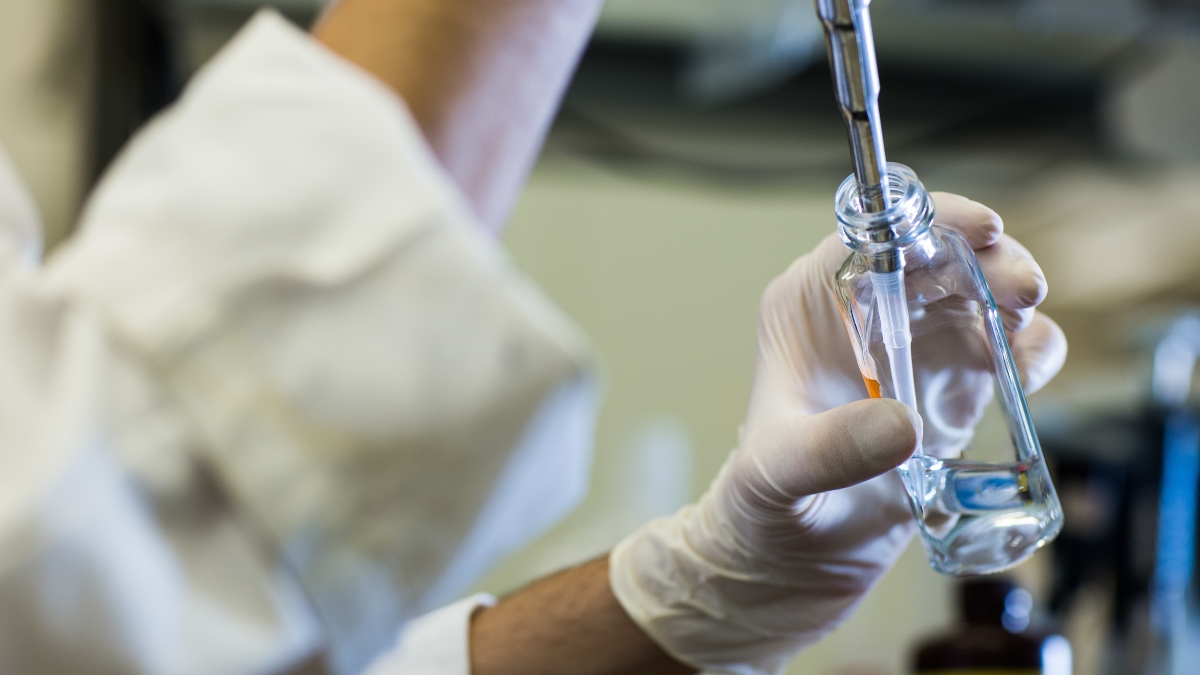Regenerative medicine seeks to restore human health through scientific innovations that repair or replace cells, tissues and even organs damaged by disease or trauma. It is a frontier field yielding exciting discovery and new hope for treating a range of ailments.
The Arizona Symposium in Stem Cell Biology and Regenerative Medicine offers a glimpse of several dynamic disciplines by bringing together scientists, clinicians and industry leaders from throughout the state to highlight emerging research in developmental biology, disease modeling, translational cell therapy and regulatory policy.
The third edition of this one-day event will be held on Oct. 21 in Building 3 of Arizona State University’s SkySong Innovation Center in Scottsdale. More than 200 attendees will discuss topics including bioimaging technologies, genome editing, biomaterials and tissue engineering, as well as the ethics of regenerative medicine.
The symposium is supported by the Arizona Biomedical Research Commission and is open to the public. Anyone interested can discover and register here.
Here, event organizer David Brafman, an associate professor in the School of Biological and Health Systems Engineering, talks about the upcoming gathering and its value.
Question: Designing a day devoted to discussing advances to regenerative medicine seems almost as complex as the field itself. How do you manage to cover it all?
Answer: It gets easier every year as we learn from what we accomplish. But basically, we are sharing the expertise of dozen or so speakers across four topical sessions. The first group will talk about developing tools and technologies. Then the second session will discuss work with biomaterials and tissue engineering. After lunch, we’ll focus on translational stem cell research before completing the speaker presentations with new work in developmental biology and disease modeling. It’s a lot, but we move quickly. Each presenter has just 20 minutes.
Q: Among these sessions, which particular presentations capture your attention?
A: It is difficult to pick one single presentation. However, the most engaging thing about the symposium is that we start off the day talking about basic biology and technologies and then build through the day to discuss how this bench-side research has bedside applications in disease modeling and cell-based therapies.
Q: So it’s a full spectrum of material. How are ASU students participating in this event?
A: The day concludes with a poster session, during which about 40 or so graduate students, postdoctoral fellows and research scientists will present their research. Again, we will have a diversity of topics covered in these presentations, including developmental biology, bioimaging technologies, stem cell-based disease modeling, genome editing technologies, biomaterials, translations stem cell research, ethics, policy and regulation.
Q: Clearly, a lot of great research will be shared, by both established scientists and nascent ones. In thinking of everyone, what is your ultimate purpose for organizing the symposium?
A: Alongside the science, it’s about professional interactions and interpersonal connections. We are all seeking to develop the regenerative medicine community at ASU and across the state. So this day is an annual opportunity to reinvigorate each other and encourage the work we are doing.
Top photo by Deanna Dent/ASU
More Science and technology

4 ASU researchers named senior members of the National Academy of Inventors
The National Academy of Inventors recently named four Arizona State University researchers as senior members to the prestigious organization.Professor Qiang Chen and associate professors Matthew…

Transforming Arizona’s highways for a smoother drive
Imagine you’re driving down a smooth stretch of road. Your tires have firm traction. There are no potholes you need to swerve to avoid. Your suspension feels responsive. You’re relaxed and focused on…

The Sun Devil who revolutionized kitty litter
If you have a cat, there’s a good chance you’re benefiting from the work of an Arizona State University alumna. In honor of Women's History Month, we're sharing her story.A pioneering chemist…


